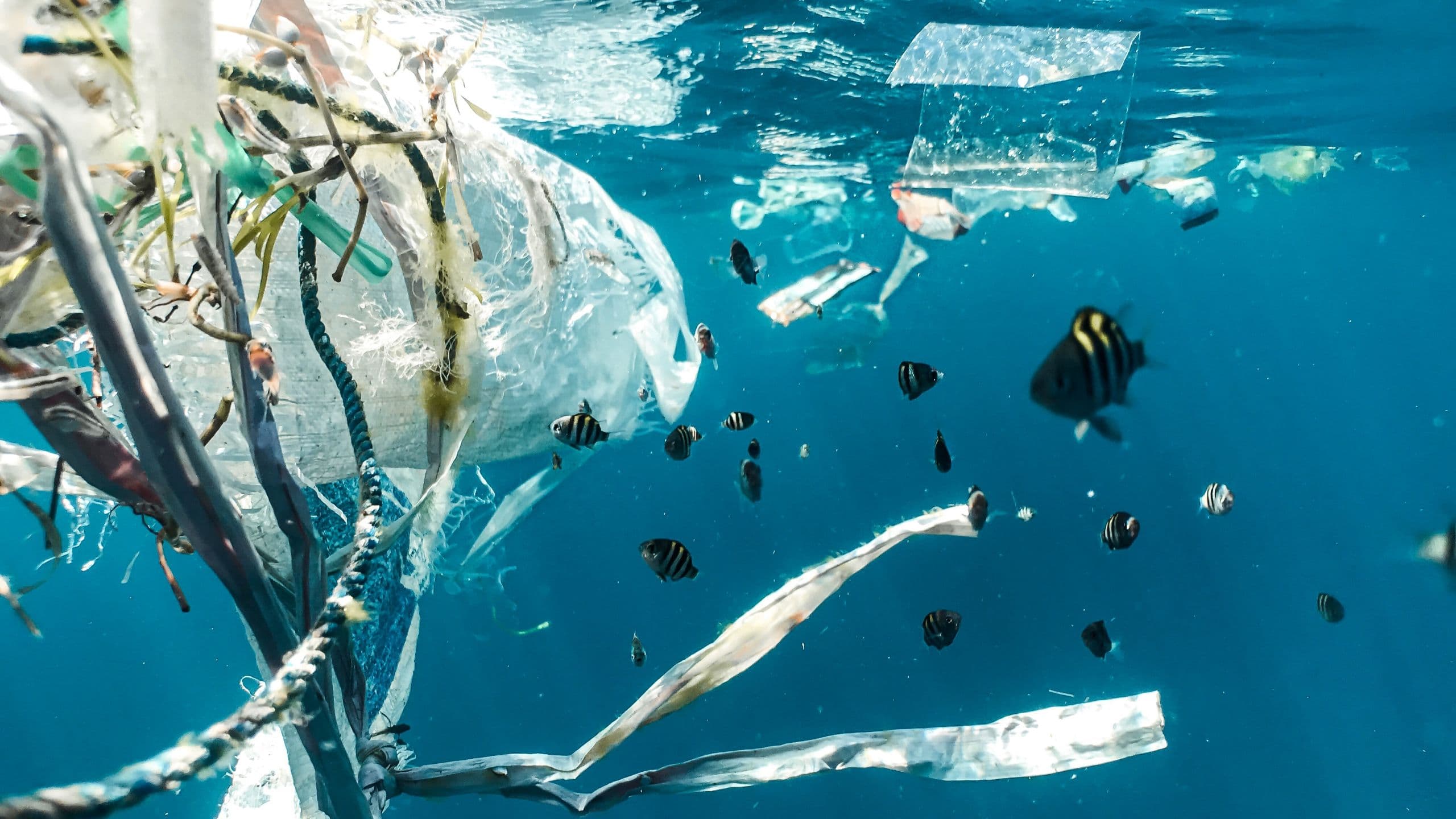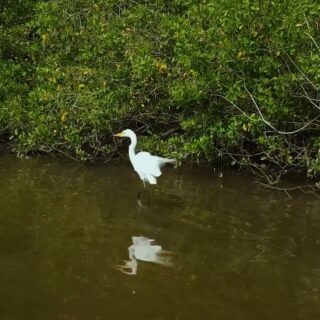Land reclamation may be source of microplastic pollution of the ocean
We might come across “microplastic pollution of the ocean” quite often when we browse through social media. Microplastics are tiny specks of plastics or fibre. At present, plastic particles smaller than 5 millimetres across are usually regarded as microplastics. But many of the particles could be in micron or even nano orders. Therefore, some people also call them the “PM2.5 (fine particulate pollutant in the air) of the sea“. Microplastics migrate through pathways such as the rivers into the ocean. Since they are very difficult to degrade, they would stay there for hundreds or even thousands of years. After being discovered in the deep ocean, polar regions, air, shellfish, table salt and drinking water, in 2019, microplastics were found for the first time by researchers at Medical University of Vienna of Austria in human faeces. In 2022, researchers at the Vrije Universiteit Amsterdam of the Netherlands reported the discovery of microplastics in human blood, and scientists from Wageningen University estimated that people might ingest up to 100,000 microplastic particles.
Tidal flats are coastal wetlands formed in the intertidal zone, and they are the connection between land and ocean. Since they are under intermittent tidal influences, they could be one of the major pathways of oceanic pollutants. Meanwhile, land reclamation projects are taking place at greater numbers and frequencies around the world because of increased demand of land and population growth. Geotextiles are polymer fabrics extensively used in land reclamation projects. Geotextiles weather under UV light and salinity, and therefore releases large amounts of microplastic particles.
Bai et al (2022) studied the geotextiles used in the reclamation projects in Dongtai (Jiangsu, China), and they found: (1) Significant weathering of the samples took place, and the average abundance of microplastics in the geotextile covered soil is 349±137 per kilogram (dry weight). Though the abundance is lower than the highest record reported in existing studies of soil, it is 1-9 fold higher than that in other studies of beach sediment. (2) Simulations in conditional fragmentation model show that the distribution of microplastics vary significantly across space, which is under more significant tidal influences in tidal flats than land area. Under tidal influences, geotextiles in the study area release into the sea an annual amount of microplastics up to 2465.52±960.77 tons.
Though WHO in one of its reports thinks there is limited evidence of risks of microplastic harm to human body, the organisation also acknowledges that the current information available is insufficient and calls for further study. Bai et al (2022) is concerned as other studies have found their destruction of algae cell walls and toxicity of other co-existing pollutants, and therefore calls for further study of the transport and toxicity of microplastics, and suitable management policies.
Full Paper
- Bai, X., Li, C., Ma, L., Xin, P., Li, F. and Xu, Z. (2022) “Quantitative analysis of microplastics in coastal tidal-flat reclamation in Dongtai, China,” Frontiers of Environmental Science & Engineering, 16(8), p. 107. doi: 10.1007/s11783-022-1528-5.




